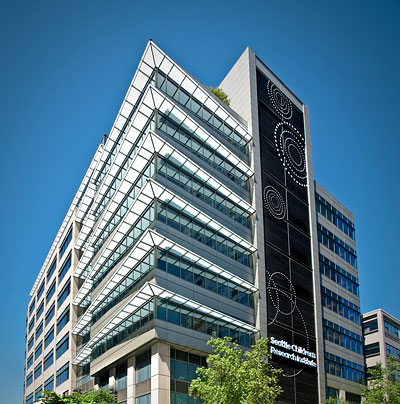Immune Tolerance and Inflammation in Lung Transplant Rejection
P.I.: Eric Morrell, MD, MA
Acting Instructor, Pulmonary
Background: Chronic lung allograft dysfunction (CLAD) is the most common cause of death in lung transplant (LTx) recipients. Infection and acute cellular rejection (ACR) are two of the most important risk factors associated with the development of CLAD, however the mechanisms that inform these epidemiologic observations are not understood. The PD-L1/PD-1 pathway plays a key immunologic role in acute lung injury. We hypothesize that activation of the PD-L1/PD-1 pathway is distinct in subjects who have infection vs. ACR, and that regulation of this pathway during these acute conditions contributes to the development of CLAD.
Aims: 1) Determine whether PD-L1/PD-1 expression and intracellular cytokine staining on blood/alveolar leukocytes is distinct in subjects with ACR vs. infection; 2) Determine whether PD-L1/PD-1-mediated plasma cytokine/chemokine concentrations are distinct in subjects with ACR vs. infection; and 3) Comprehensively characterize alveolar leukocyte subtypes using single-cell RNA-sequencing (scRNAseq).
Approach: Aim 1: Test whether PD-L1/PD-1 pathway activation is distinct in subjects with ACR vs. infection by using cytometry time-of-flight to prospectively characterize PD-L1/PD-1 expression and intracellular cytokine staining on blood/alveolar leukocytes from subjects referred for bronchoscopy.
Aim 2: Test whether cytokines/chemokines regulated by the PD-L1/PD-1 pathway are distinct in subjects with ACR vs. infection.
Aim 3: Identify novel leukocyte subtypes that are present in subjects with ACR vs. infection by applying scRNAseq to alveolar leukocytes from a subset subjects from Aim 1.
Significance: These novel human translational studies will inform future mechanistic in vitro and animal studies that seek to modulate the PD-L1/PD-1 pathway in experimental models of CLAD.

